‘Chac Mool’ – Intriguing Life-Size Figure Carved In Single Stone
A. Sutherland - AncientPages.com - “Chac Mool” (chacmool) is one of the most famous ancient statues throughout Mexico and it has been seen in many important ancient places.
'Chacmool' literally means "red or great jaguar paw" (chac means "large" or "red" and mool means "jaguar paw" in Yucatec Maya, and refers to a large number of three-dimensional and curious male figures in Precolumbian Mesoamerican art.
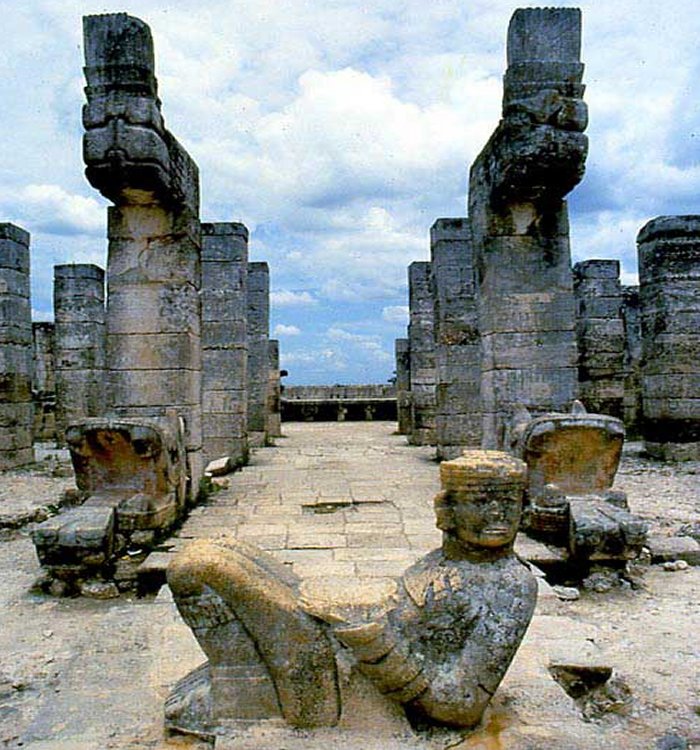
Despite the great number of these figures that are known and recorded, convincing arguments for their origin, dissemination, and meaning have not been proposed. Photo via mexicolore.co.uk
The monumental stone sculpture known as a “Chacmool” first appeared suddenly in Mesoamerica, probably in the 9th century CE.
The most famous statue of this type was excavated in the area of the Platform of the Eagles and Jaguars in Chichen Itza in 1875 by the nineteenth-century explorer Augustus Le Plongeon (1825 – December 13, 1908).

Excavated in 1943 at the corner of Venustiano Carranza and Pino Suarez Streets, Mexico City. Wears a Tlaloc mask and a pendant with an archaistic motif. Photo via latinamericanstudies.org
Le Plongeon named it Chacmol, which he said was Maya for “the paw swift like thunder.” He believed that the statue depicted a warrior prince with that name who once ruled Chichen Itza. However, the first published account of such a statue appeared in 1832.
Altogether, archaeologists have discovered 14 chacmools at Chichen Itza, 12 at Tula, home of the Toltec civilization near present-day Mexico City.
A few other, different forms of chacmools were found in several other such places as Tenochtitlan (Templo Mayor), Quirigua in Guatemala, Tazumal in El Salvador, Michoacan, Tlaxcala near Tula, along with Cempoala, an important Mesoamerican archaeological site located in the state of Veracruz.
The Chaacmol does not appear to be of Maya origin. The ancient name for this type of sculpture is unknown. It is also uncertain what or who the statue represents or what its purpose might have been.
See also:
Pulque: Ancient Drink Of The Gods Is Popular Again But It Has Odd Side-Effects
The figures have rather a unique posture; they support themselves on their elbows with their heads facing 90 degrees from the front. They hold a bowl or a disk or perhaps plate upon their stomachs.
However, these sculptures were often associated with sacrificial stones or thrones.
Despite the great number of these figures that are known and recorded, convincing arguments for their origin, dissemination, and purpose have yet to be made.
Written by – A. Sutherland AncientPages.com Staff Writer
Copyright © AncientPages.com All rights reserved. This material may not be published, broadcast, rewritten or redistributed in whole or part without the express written permission of AncientPages.com
Expand for referencesReferences:
Yale University, Latin America Studies
Academia
More From Ancient Pages
-
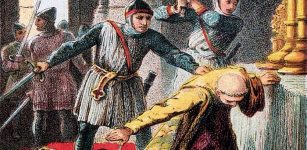 Murder Of Archbishop Thomas Becket: One Of Most Famous Crimes Of Middle Ages
Featured Stories | Jan 6, 2017
Murder Of Archbishop Thomas Becket: One Of Most Famous Crimes Of Middle Ages
Featured Stories | Jan 6, 2017 -
 Evidence Of Rare Roman-Celtic Temple Near Lancaster Castle
Archaeology | Mar 9, 2023
Evidence Of Rare Roman-Celtic Temple Near Lancaster Castle
Archaeology | Mar 9, 2023 -
 Men And Women Had Equal Access To Resources 6,000 Years Ago
Archaeology | Jun 17, 2024
Men And Women Had Equal Access To Resources 6,000 Years Ago
Archaeology | Jun 17, 2024 -
 Guide To The Classics: On The Art Of Physical Exercise, A 16th Century Account Of Ancient Sports And Workouts
Featured Stories | Jul 26, 2024
Guide To The Classics: On The Art Of Physical Exercise, A 16th Century Account Of Ancient Sports And Workouts
Featured Stories | Jul 26, 2024 -
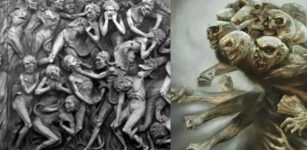 Utukku: Sumerian Spirit From The Underground That Obeyed The Will Of God Anu
Featured Stories | Jun 17, 2016
Utukku: Sumerian Spirit From The Underground That Obeyed The Will Of God Anu
Featured Stories | Jun 17, 2016 -
 Hollow Bones That Let Dinosaurs Become Giants Evolved At Least Three Times Independently
News | Apr 11, 2023
Hollow Bones That Let Dinosaurs Become Giants Evolved At Least Three Times Independently
News | Apr 11, 2023 -
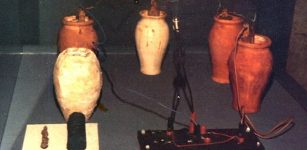 Was Prehistoric Baghdad Battery A Unique Find Of The Ancients? – Did Its Manufacturers Discover Electricity By Accident?
Ancient Technology | Mar 8, 2019
Was Prehistoric Baghdad Battery A Unique Find Of The Ancients? – Did Its Manufacturers Discover Electricity By Accident?
Ancient Technology | Mar 8, 2019 -
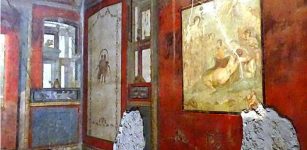 Roman Sexuality Was Far More Complex Than Simply Gay Or Straight – Pompeii’s House Of The Vettii Reveals Why
Featured Stories | Jan 24, 2023
Roman Sexuality Was Far More Complex Than Simply Gay Or Straight – Pompeii’s House Of The Vettii Reveals Why
Featured Stories | Jan 24, 2023 -
 Intriguing Ket People – The Last Nomadic Hunter-Gatherers Of Siberia
Featured Stories | Nov 23, 2023
Intriguing Ket People – The Last Nomadic Hunter-Gatherers Of Siberia
Featured Stories | Nov 23, 2023 -
 Unexplained Ancient Wars In America – Strange Physical Evidence – Part 2
Ancient Mysteries | Oct 4, 2020
Unexplained Ancient Wars In America – Strange Physical Evidence – Part 2
Ancient Mysteries | Oct 4, 2020 -
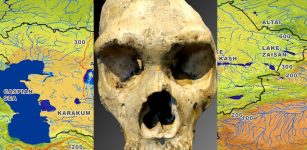 Central Asia Identified As A Key Region For Human Ancestors
Archaeology | Oct 22, 2022
Central Asia Identified As A Key Region For Human Ancestors
Archaeology | Oct 22, 2022 -
 DNA Confirms 2,000-Year-Old Sustainable Fishing Practices Of Tsleil-Waututh Nation
Archaeology | Nov 13, 2021
DNA Confirms 2,000-Year-Old Sustainable Fishing Practices Of Tsleil-Waututh Nation
Archaeology | Nov 13, 2021 -
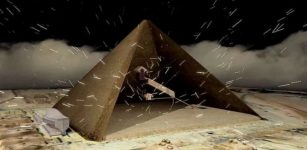 New Cosmic Ray Bombardment Of The Great Pyramid – Search For The Hidden Chamber Continues
Archaeology | Jan 20, 2020
New Cosmic Ray Bombardment Of The Great Pyramid – Search For The Hidden Chamber Continues
Archaeology | Jan 20, 2020 -
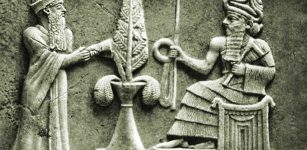 Mighty Enlil Of The Sumerian Pantheon Of Gods
Featured Stories | Feb 22, 2017
Mighty Enlil Of The Sumerian Pantheon Of Gods
Featured Stories | Feb 22, 2017 -
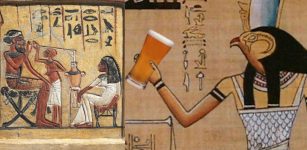 Beer Was Used As Medicine And Payment In Ancient Egypt
Ancient History Facts | Feb 11, 2018
Beer Was Used As Medicine And Payment In Ancient Egypt
Ancient History Facts | Feb 11, 2018 -
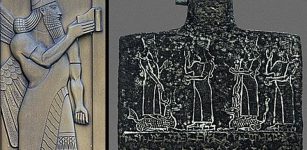 Mesopotamian God Nabu Inscribed The Human Fates Determined By The Gods
Featured Stories | Aug 7, 2018
Mesopotamian God Nabu Inscribed The Human Fates Determined By The Gods
Featured Stories | Aug 7, 2018 -
 More Than 1, 300 Prehistoric Burial Mounds In Western Azerbaijan Have Been Systematically Surveyed For The First Time
Archaeology | Dec 19, 2024
More Than 1, 300 Prehistoric Burial Mounds In Western Azerbaijan Have Been Systematically Surveyed For The First Time
Archaeology | Dec 19, 2024 -
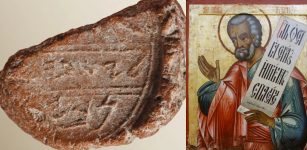 Ancient Seal Offers First Biblical Evidence Of The Prophet Isaiah?
Archaeology | Feb 27, 2018
Ancient Seal Offers First Biblical Evidence Of The Prophet Isaiah?
Archaeology | Feb 27, 2018 -
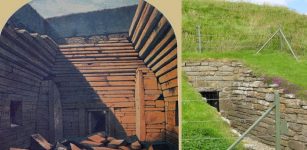 Upside Down Chambers For The Dead Found At Maeshowe, Orkney
Archaeology | Sep 8, 2020
Upside Down Chambers For The Dead Found At Maeshowe, Orkney
Archaeology | Sep 8, 2020 -
 Diyu – Terrible Chinese Hell And Judgement Of God Yama
Chinese Mythology | Dec 18, 2018
Diyu – Terrible Chinese Hell And Judgement Of God Yama
Chinese Mythology | Dec 18, 2018


